New
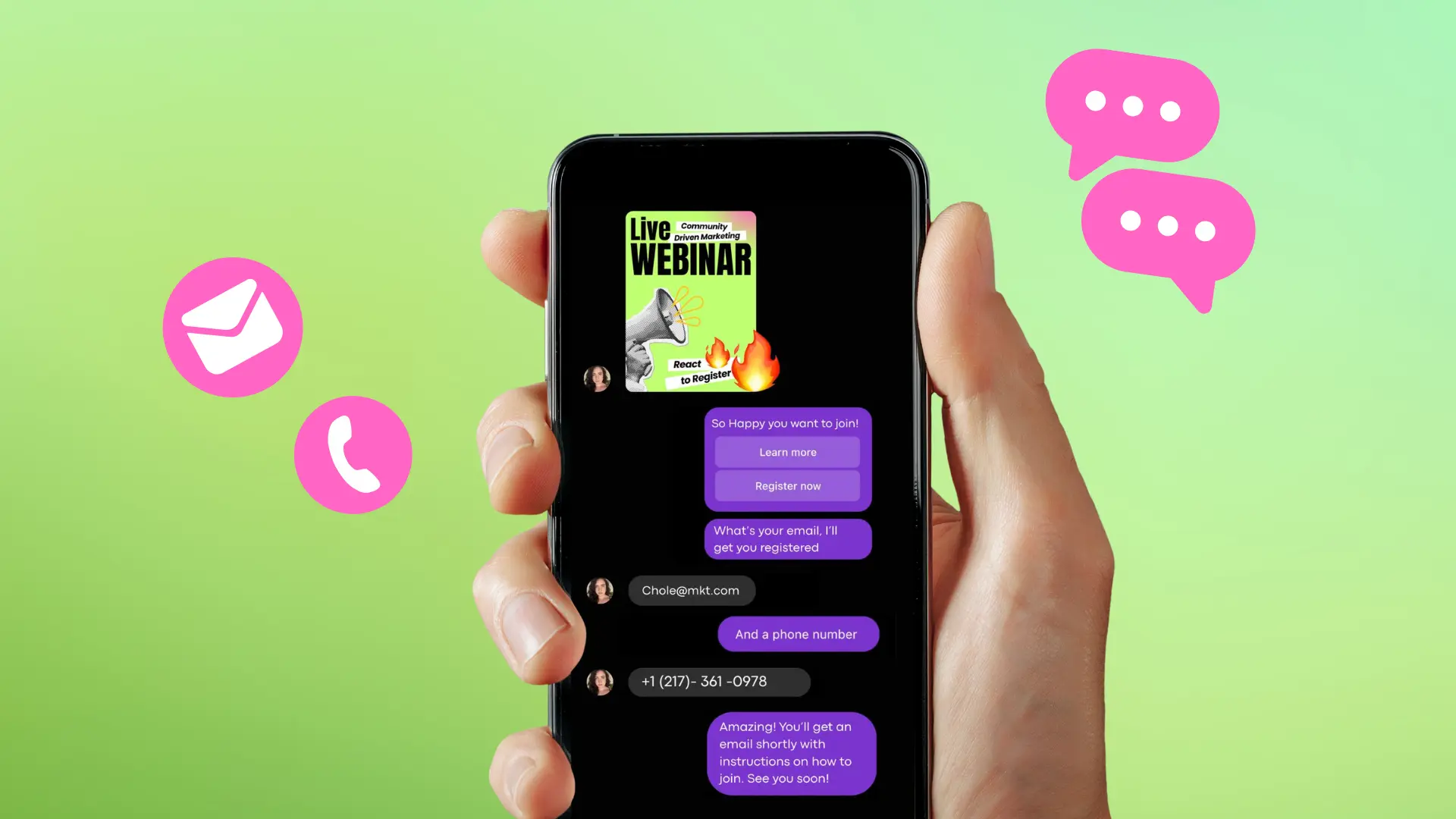
Turn Your DMs Into Lead Gen!
Learn how to collect lead data from your DMs such as email addresses, phone numbers, and more right from your social inbox. If you are not yet automating your DMs your competitors are outpacing you.

How Something Social Saved 75% of Their Time and Increased Revenue by 15%
See how a fast-growing agency improved operations, cut down hours of manual work, and unlocked new revenue opportunities with Vista Social.
New
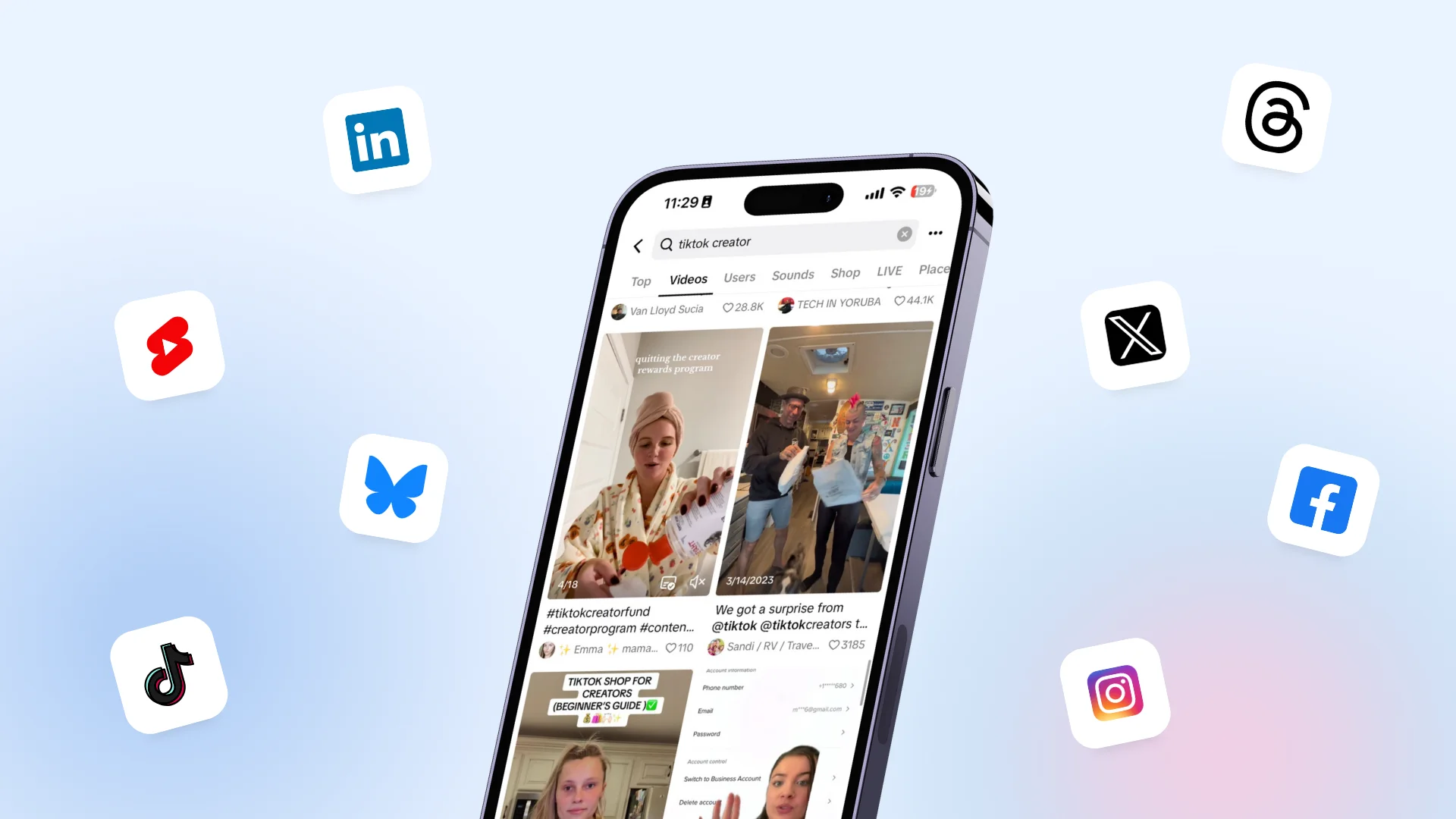
50 Unique Social Media Ideas for Consistent Content Creation
Discover 50 unique social media post ideas to engage your audience, grow your brand, and maintain a consistent content strategy with ease!
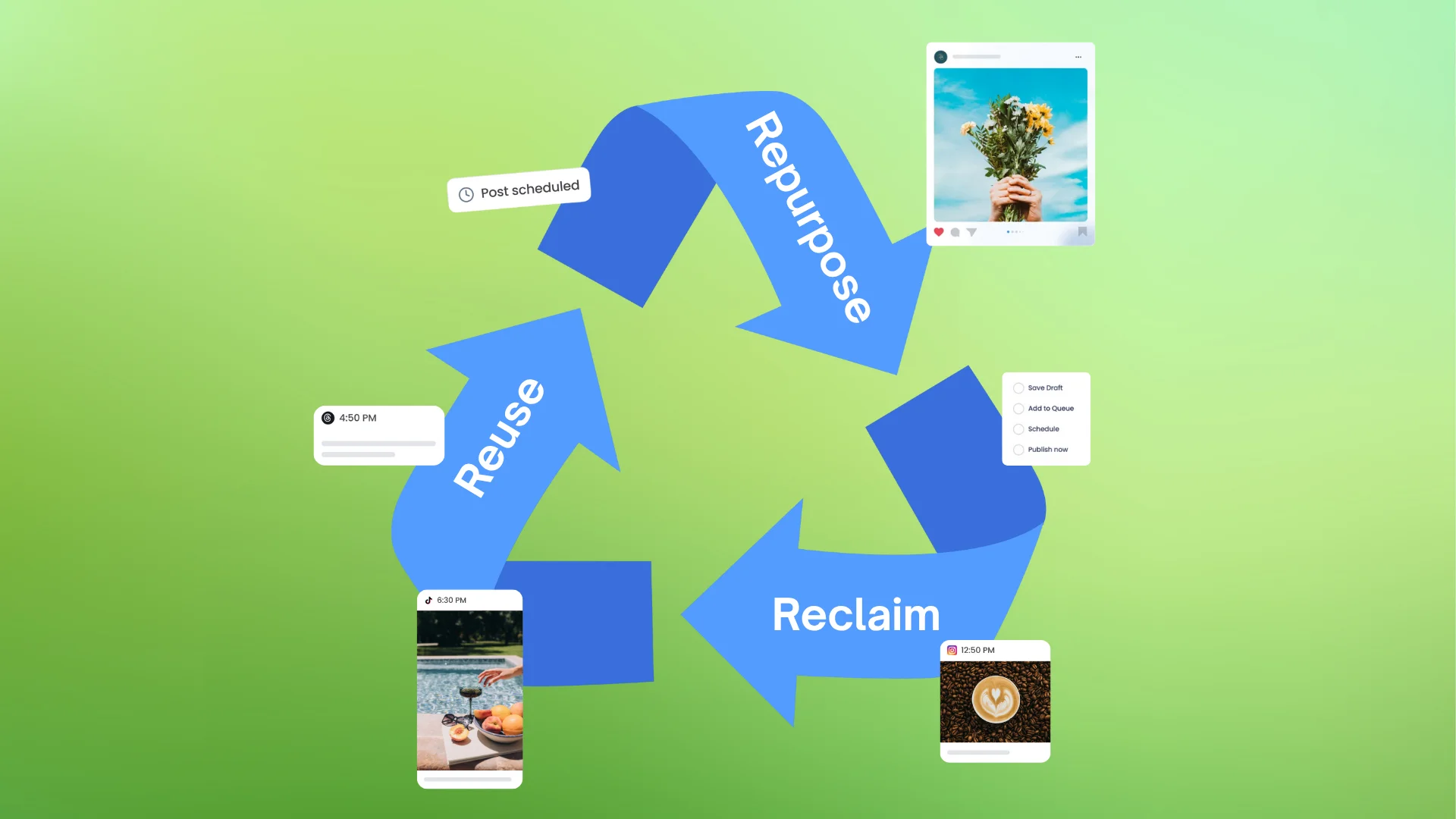
Mastering Content Reuse: The Key to a Consistent and Sustainable Posting Strategy
Published on February 5, 2022
10 min to read
Genius Ways to Use Psychology in Your Copywriting (With Examples)
Summarize with AI


Table of Content

Digital marketers, agencies, and experts are fabulous at marketing all kinds of content. However, to ensure target audiences get valuable and relevant content, all creators need to be extra cautious. Copywriting is one such content type that requires professional skills. Marketers who have access to excellent copy can market the brand and its content better than those who do not.
Professional copywriters understand how to create content for target audiences in line with the brand’s requirements while ensuring that end-users or customers feel everything is personalized. These copy professionals know how to turn words into gold and make everything look effortless.
Copywriters who use all arsenal at their disposal are genuinely gifted. These talented and skilled experts can influence target audiences to make purchases, carry out actions, and increase conversion rates for brands. The best part is that they do it without the audience ever understanding the reasoning behind the purchase or action. Using words to influence people while making them feel like the reasons are personal is copywriting. Incorporating evidential psychological triggers or factors and emotion-evoking responses that compels audiences to click, purchase or call is the art of using psychology in your copywriting.
To understand what is meant by the effective use of psychology, here is a small example. When people see a product for $75, they may not buy it; however, if there is a line that says ‘$100 – discount 25%. New Price $75’, they are more likely to buy it. Using psychology in your copywriting may seem like a trick or lie, but it is actually not. It is writing copy that enables readers to perceive more valuable, enjoyable, and practical content. In short, the use of effective psychology makes the product or service seem more lucrative, which is a win-win situation for everyone.
Read on to learn a few brilliant ways to use psychology in your copywriting (with a few examples). It is critical to remember that copywriting is a way to keep readers engaged, not unnecessary sales pitches, bold typing, and capitalizations to make things look lucrative.
Table of contents
10 Strategic Ways to Use Psychology in Your Copywriting
1. Rhyming
Rhyming is known to make writing and copy extremely fun and easy to read. However, experienced copywriters also use rhyming as a method to enforce validity. It is proven in a study conducted by McGlone and Tofighbaksh that poetic or rhyming forms impact the perception of people’s accuracy. In this Jaguar ad from 1962, the marketing tactic used by copywriters is rhyming words’ grace, space, and pace’ to describe the car. Thanks to the rhyming words, this ad was a massive hit since most people were immediately attracted to the Jaguar ad.
Using rhyming words or phrases help in an instant recall, driving popularity, and increasing conversion rates. Most copy that has some form of rhyme tends to work much better than those that don’t. Using rhyming copy can also give the impression that the claims made by the brands are more valid. There is little room for disagreement.
2. Illusory Truth
Illusory truths are those that help with small decisions throughout the day. For example, statements that are repeated over and over, multiple times, can be considered as truth or reality. Consistently repeated statements are often viewed as truth. A study on the Illusory Truth Effect has shown the unconscious mind responds positively to implicit correction and repetition. The research has demonstrated that statements repeated over time are often perceived as the truth. Statements that were mentioned once or twice were not considered truthful or trustworthy.
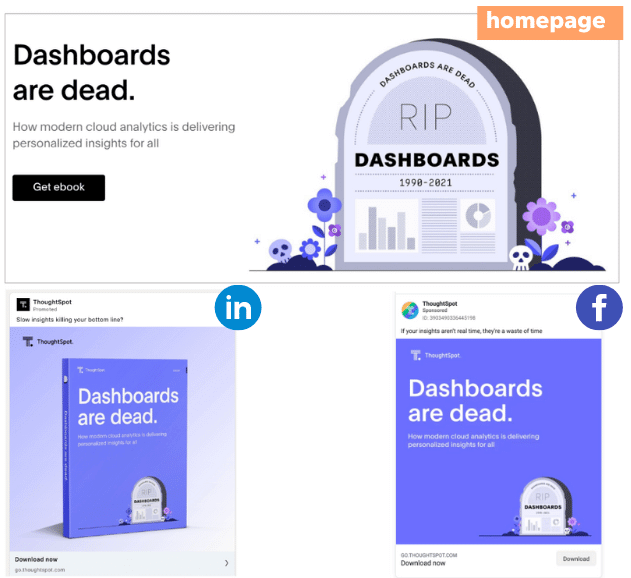
Another study with 60 participants showed that those who heard the same 20 statements rated their confidence in the texts pretty high, as against the remaining statements, which were not repeated often. Familiarity is seen to build trust in content. Copywriters who include the illusory truth effect in their writing can also see excellent results from audiences. It is best to keep repeating the brand message, text, image, or catchphrase until the audience believes it is true.
3. Serial Positioning
Copy isn’t only about what is written. It is also about how it is written and where it is placed in the content. Experienced copywriters understand the need for the correct positioning of words, images, and other material. A piece of content can be written in several forms – listicles, bullet points, paragraphs, infographics, blogs, and more. If you have a copy that needs to deliver an impactful message, it is best to have strong opening and ending statements. In lengthy blogs, readers tend to skim over the body of the content but pay attention to bullet points, short paragraphs, images, moving text, and the ending piece of the copy.
Copywriters should concentrate on how the content is positioned and the impact it will have on the readers. The serial positioning effect describes how memory and recall affect sequential patterns in retention. It suggests that most people remember the first and last series of words in a piece of content.
When writing compelling copy, it is best to position essential ideas, suggestions, and keywords at the text’s beginning and repeat it towards the end or in the closing line. For example, when composing an email, it is best to have the critical points in the beginning and reiterate them again in the end for maximum impact and high conversion rates.
4. Post Script
Keeping in line with the serial positioning effect is the post-script tactic used in copywriting. As seen above, the serial positioning towards the beginning and end matters greatly. Post-script is literally the last thing a reader sees before moving their eyes away from the copy.
For many influential copywriters, the post-script (PS) matters more than the actual body of the content. The PS always has a strong, definitive call to action (CTA), with a link (either for feedback or leading the reader towards the primary objective). Many readers also prefer glancing at the PS before reading the remainder of the text since the gist of the content will be in the end.
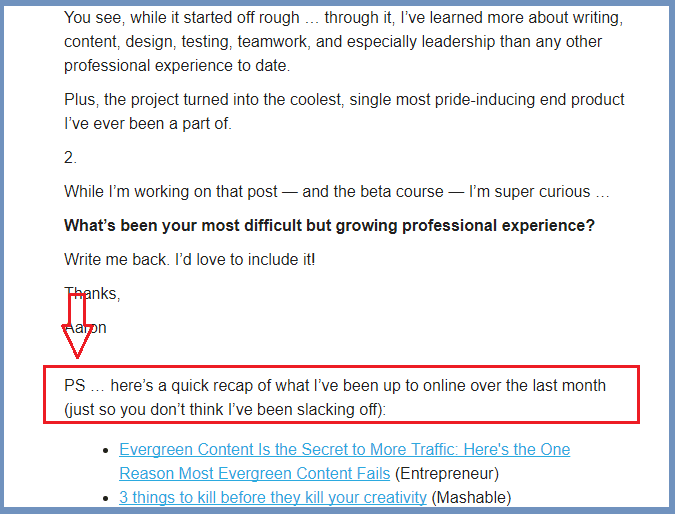
Not only is this a powerfully copywriting tactic, but also a compelling one to entice readers to perform a particular action. Readers who see the maximum benefit in the PS are more likely to perform the action than content without a PS. Copywriters should always put the primary CTA in the post-script of the content.
For example, when sending an email to a list of potential customers, it is best to include a link with the CTA in the post-script (after the body of the email). Copywriters could also include feedback links, hyperlinks to rewards, discounts, and more in the PS for higher conversion rates.
5. Textural Adjectives
It is common knowledge that while writing copy, it is best to use the length and breadth of vocabulary. However, purposely adding textural adjectives also has an effect on the somatosensory cortex of the brain. Lacey, Stilla, and Sathian collected results from fMRI scans of people who reacted differently to bland, colloquial words and textural adjectives. For example, ‘Want a good burger?’ and ‘Want a delicious burger?’ have different effects on the somatosensory cortex, resulting in a surprise in readers.
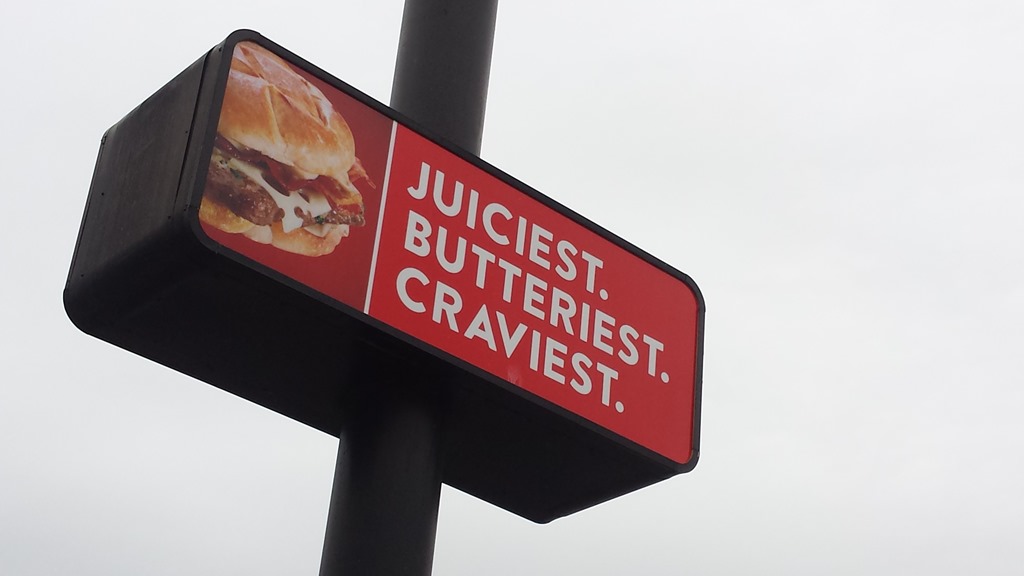
Copywriters should use these differences to incite a response in the brain activity of readers and viewers by adding texture-based adjectives that can have a positive effect. Substituting regular, everyday, bland words for rich, texture-based adjectives increases brain activity and memory recall. If the reader remembers and recalls what is written, there is a high chance that the brand recollection and recognition will be stronger than average.
6. Pratfall Effect
The Pratfall Effect or Blemishing Effect literally means positively owning up to your mistakes, making competent people or individuals more endearing. The Pratfall Effect does not mean that copywriters continuously make mistakes and write about them like clink bait. Instead, it means copywriting with the Pratfall Effect can help make the business or brand seem more human. Being seen as more than a large business with a sales agenda can help boost public image, make the brand approachable, and build emotional connections with the target audience.
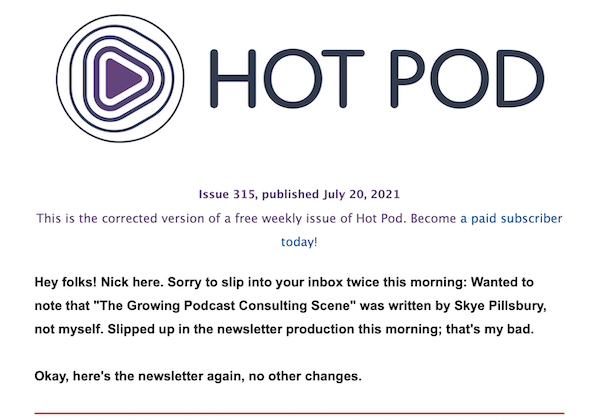
Some good examples of making the brand endearing via the Pratfall Effect are:
- Top 10 mistakes in web designing
- Leading doctor shares four mistakes people make
- We’re sorry! Here’s Why
7. Novelty Effect
Try Vista Social for Free
A social media management platform that actually helps you grow with easy-to-use content planning, scheduling, engagement and analytics tools.
Get Started NowAs the name suggests, the novelty effect is prevalent when there is a change in something already existing. For example, a new spice in the same food can bring about a surprise reaction. In the same manner, redoing or refreshing content also helps bring out the novelty effect. However, it is helpful to remember that the novelty effect wears off after some time.
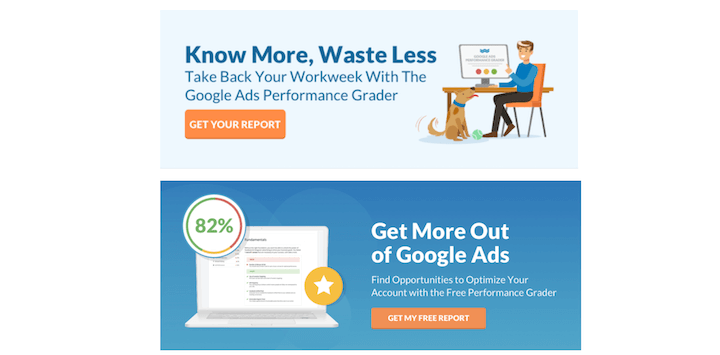
If the novelty wears off quicker than average, it might be useful to try and change only a few things each time instead of the full copy. Changing the tagline, headline, or keywords may change the entire look and feel.
Another good way to use the Novelty Effect in copywriting is to change the look of the content. Ensuring readers are hooked on the copy can be done in a few different ways without rewriting all the content.
Examples of the novelty effect:
- Listicles
- Bullet points
- Guest posts
- Comments
- Images/ pictures
- Infographics
- Templates and examples
- Change in the color palette
- Catchy headlines like ‘# mistakes to avoid,’ ‘Save $ by doing (Action),’ and so on
Changing the copywriting style, adding a few new words, changing the keywords, and making the posts look new are excellent strategies to engage the audience and make the content look fresh. While most of the text may look the same, changing it up has many psychological benefits that may appeal to the reader.
8. Priming Effect
Like the Novelty Effect, the Priming Effect is also a subconscious method of making the content feel appealing to readers and target audiences. Skilled copywriters ensure an emotional connection with the text even before using keywords, phrases, or calls to action.

The Priming Effect helps prep or ‘prime’ readers to get influenced by things, images, ideas, and emotions that they have subconsciously seen or read before. Copywriters use words and phrases to prime readers to the content even before consciously driving home a call to action. For example, using emotional words and phrases in the text that help people take a step or action is helpful in sales copy. To ensure people feel confident, it is good to use words like resilient, opportunities, peaceful, engaging, etc. There are plenty of inspirational words and phrases that can help improve the copy and make it instantly likable to target audiences.
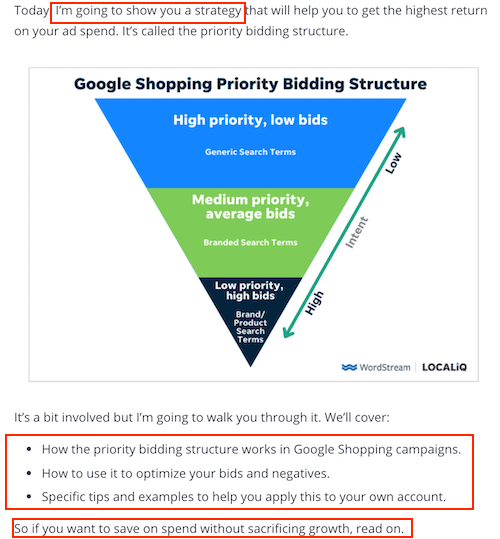
Another way to prime readers is to lead by letting them know about the content. In the introduction of the post or the subject line of an email, it is best to let readers know what the below content is about. Doing this helps viewers and readers get a sense of direction about the content.
Headlines like ’10 Best Ways To Save Money’ are self-explanatory, but telling readers that the post is about money-saving, tips, and strategies in stocks, share markets, or financial investments is a good idea. Some readers may feel the post is about getting the best discounts on shopping deals. To avoid such confusion, prepping readers with successful copywriting helps get the correct target audience, ensures conversion rates, and increases the efficiency of the copy.
9. But You Are Free (BYAF) style
The But You Are Freestyle is a classic example of reverse psychology. Reverse psychology is a style or strategy used to get people to do an action that is opposite to what is being said. The resultant is usually getting readers or audiences to do precisely what you want but making them feel the decision is theirs.
Using reverse psychology in your copywriting usually makes it more likely that people will do what you asked them not to do. According to Jonathan Becher, the act of telling people they don’t have to do something makes them more likely to do it anyway. Excellent copy ensures that readers continue feeling like they have autonomy in their decision-making process but are compelled to do the action.
Let us look at some examples of using the phrase, ‘but you are free’ directly in copy.
- It would be great if you left us feedback, but you are free to pass this on.
- We feel this strategy works best for you, but you are free to think about it some more.
- We believe this (resource or idea) is ideal in the long term, but you are free to decide.
- Let us look at some indirect examples of the BYAF style in copywriting.
- You could, of course, come back later!
- The final decision is entirely yours.
- We would love to hear from you, but only if you feel like it.
10. Open Loop Effect
The Open Loop is an effect that forces the brain to focus on things that are left incomplete or unsaid. The brain usually concentrates on unfinished things or tasks rather than complete ones. Notable psychologist and psychiatrist Bluma Zeigarnik discovered the Zeigarnik Effect, which is the tendency of the brain to constantly think of things left incomplete – an open loop of thought.
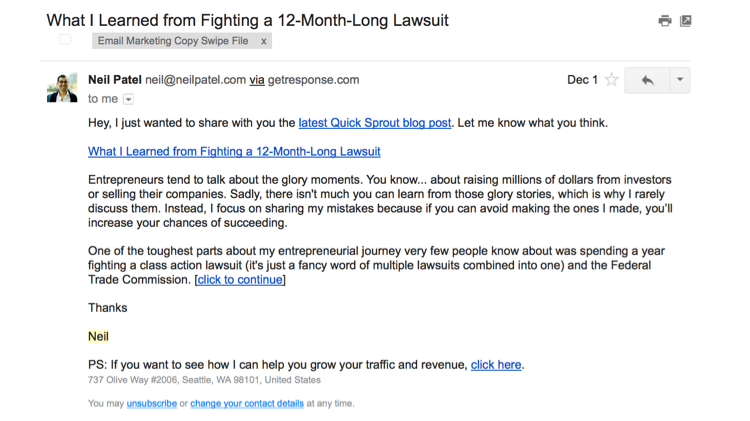
The Open Loop effect can be successfully used in writing excellent copy. Since readers always want to know what happens next, the open-loop is a brilliant method to influence audiences. The whole point is to ensure there is enough information in the headline to catch the audience’s attention, give information, yet leave them wanting more from the content.
Some good examples of the open-loop effect are:
- Five ways to clean your house (#4 is best!)
- The number ONE reason to book a holiday today!
- Want to host the perfect event? Avoid these TWO deadly mistakes.
Another good way to use open loops in long text posts is with words or phrases that compel readers to read more. Phrases like ‘we’ll get back to that in a bit,’ or ‘that’s when we realized…’ and so on are perfect examples of open-loop effects.

It is best to tell readers what they will find out in a copy that requires specific action (like downloading a .pdf file or signing up for an event).
Some examples of this style would be:
- Why 20% of emails are never read – and how to fix it
- Why subscribers opt-out of email newsletters – and how to change it
Final Thoughts
Using psychology in your copywriting helps create more effective, relatable, conversion-based copy. These hacks are brilliant to increase the reach and recall of sales copy. They also help in memory and persuasion. Simple tips like adding a texture-rich word in the middle of a sentence or ensuring the call to action are placed at the beginning and end of the copy can help create an excellent copy.
About the Author
Content Writer
Read with AI
Save time reading this article using your favorite AI tool
Summarize with AI
Never Miss a Trend
Our newsletter is packed with the hottest posts and latest news in social media.
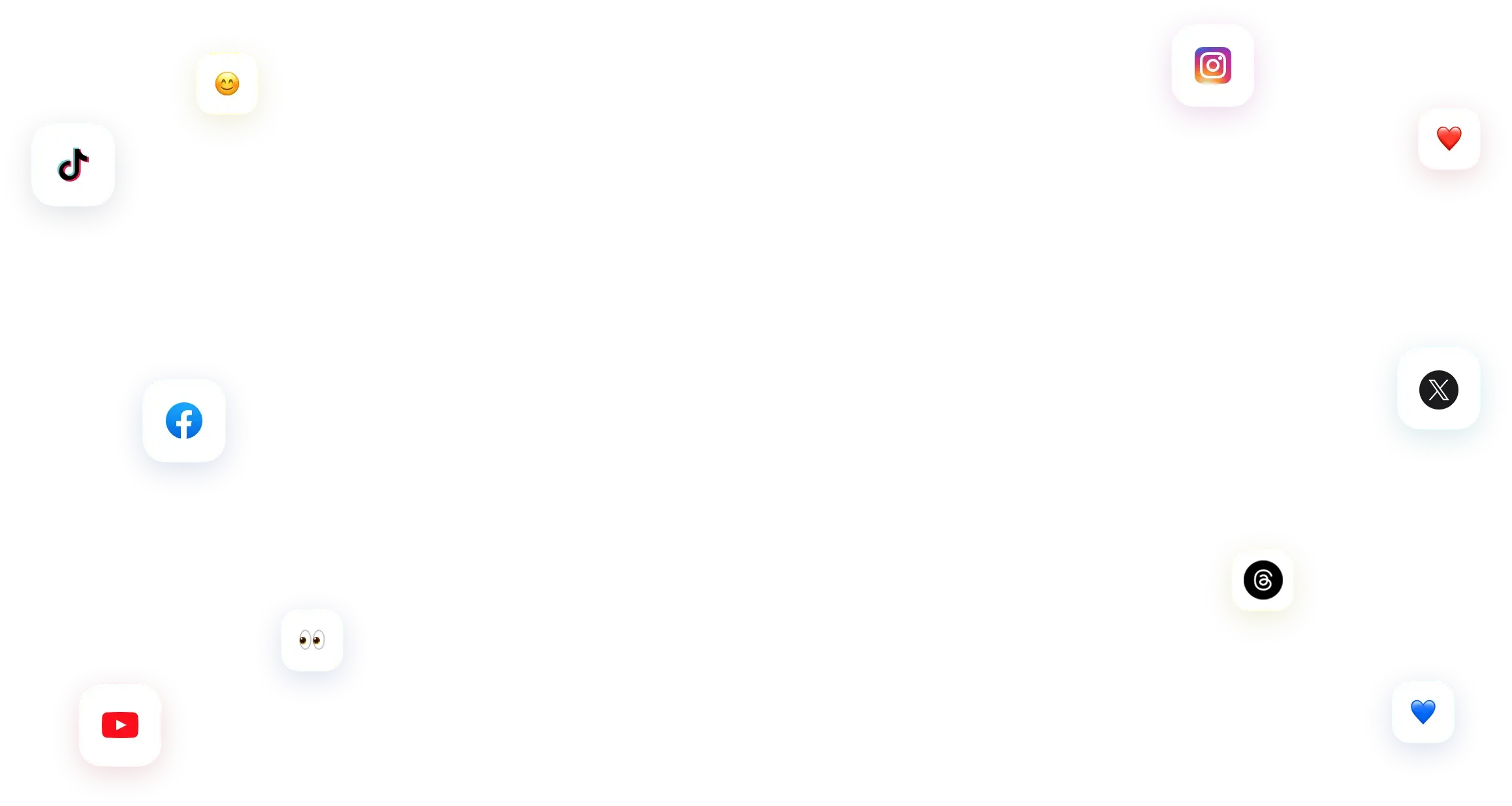
You have many things to do.
Let us help you with social media.
Use our free plan to build momentum for your social media presence.
Or skip ahead and try our paid plan to scale your social media efforts.
P.S. It will be a piece of cake 🍰 with Vista Social
Subscribe to our Newsletter!
To stay updated on the latest and greatest Social Media news. We promise not to spam you!


